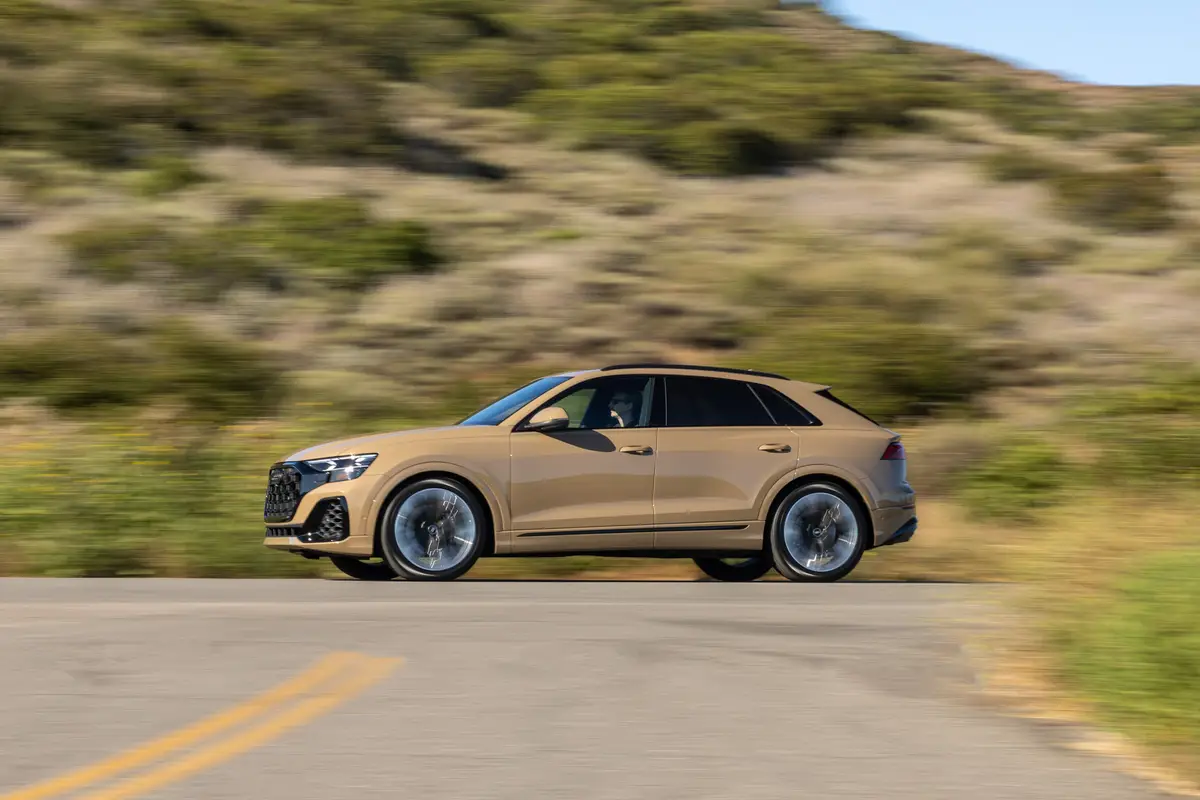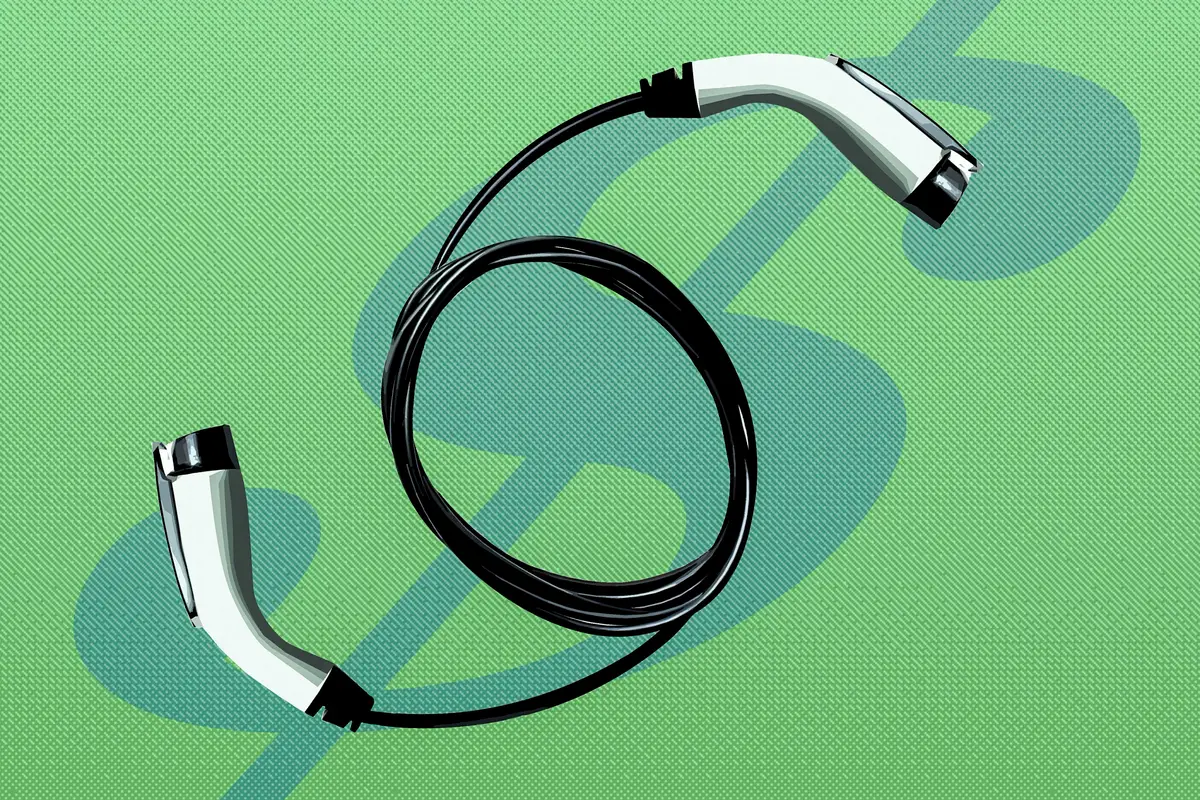Boston.com's view
It has been fascinating to watch Kia and its sibling car manufacturer, Hyundai, make inroads into the American auto market.
Moving from cheap boxes to vehicles of substance, safety, and increasing consumer satisfaction, the Korean automakers have positioned themselves to follow in the footsteps of Toyota and Honda.
But even as the companies have built their success by offering affordable cars with lots of content, they have also been pushing to reach a loftier position by selling more expensive models. Some observers wonder when they will cross the line and no longer be exclusively considered makers of inexpensive cars.
That line may be crossed with today’s test car, the luxurious 2007 Kia Amanti, which tops $30,000. Will Americans be willing to pay that much for a Kia? They might, if the company can get them into showrooms to take a close look at the Amanti.
The interior fit and finish surpasses what similarly priced American brands offer, though General Motors and Ford are improving. The Amanti also offers more luxury than what is found in the interiors of a Toyota or Honda in this price range.
And even though I wish Kia would not charge $500 extra for a crucial stability and traction control, it does at least provide front, side, and front-to-rear side curtain air bags as standard equipment.
Also standard — and this is the short list — are power windows, eight-way power driver’s seat, four-way power front passenger’s seat, keyless entry, cruise control, fog lights, windshield de icer, and a five-speed automatic transmission.
Settle for cloth seats with the above and you’ve got a nice car for about $26,000.
Step into more luxury, however, and the price goes up. In addition to the safety package that you should never turn down, the test car came with a leather package, driver’s front-seat memory, outside mirror memory, heated front seats, upgraded stereo, a trip computer with 4-inch monitor, and power adjustable pedals.
Add metal and wood interior touches, as well as special wheels and a power sunroof, and the total package cost more than $31,000.
The ride is suitably powerful, with a 3.8-liter V-6 engine that churn s out 264 horsepower, but drinks quite a bit of fuel in the process — Globe testing recorded 22.2 miles per gallon.
The five-speed automatic transmission was transparent, though not a performance buff’s delight.
There was substantial wind noise, presumably from the mirrors, but that came mostly in rapid acceleration when pulling out to pass, which the Amanti accomplished with smooth assurance. The car also felt a bit heavy up front in cornering with a tendency to pull straight into a corner, rather than to carve it.
The interior featured soft-touch, textured, multi hued materials on the upper dash, lower dash and door panels. A gray, graphite-weave band bisected the dash side to side, giving the car a sporty feel.
Outside, this is not a car that is likely to attract the discerning buyer. While many companies aim for a European-looking design, Kia seems to have gone Eastern European, circa 1972. It’s just too clunky.
We can only hope that Hyundai — which has unveiled a flagship sedan that resembles a BMW — will ship some of that design inspiration across boardroom walls.
Len Hunt, chief operating officer of Kia Motors America, told me he sees his company competing more against Ford, Chevrolet, and Buick in locales across America, while Hyundai is looking for edge against other Asian companies.
The three American brands are struggling — and I fear for the life of Buick, as I once did for Oldsmobile — but there is no need for Kia to be staid. The Amanti, I fear, has a clunky look that may not bode well for long-term sales.
Royal Ford can be reached at ford@globe.com.
Latest news



